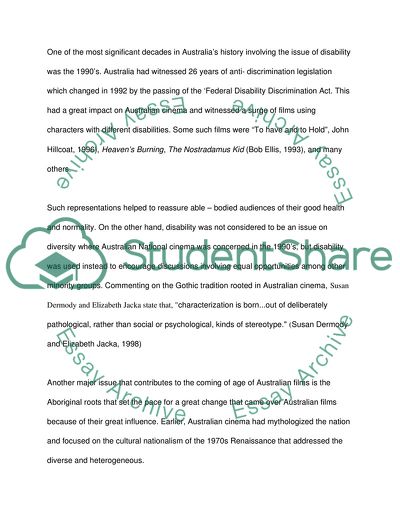Cite this document
(Australian Films Research Paper Example | Topics and Well Written Essays - 1750 words, n.d.)
Australian Films Research Paper Example | Topics and Well Written Essays - 1750 words. https://studentshare.org/visual-arts-film-studies/1714343-australian-film-research-essay
Australian Films Research Paper Example | Topics and Well Written Essays - 1750 words. https://studentshare.org/visual-arts-film-studies/1714343-australian-film-research-essay
(Australian Films Research Paper Example | Topics and Well Written Essays - 1750 Words)
Australian Films Research Paper Example | Topics and Well Written Essays - 1750 Words. https://studentshare.org/visual-arts-film-studies/1714343-australian-film-research-essay.
Australian Films Research Paper Example | Topics and Well Written Essays - 1750 Words. https://studentshare.org/visual-arts-film-studies/1714343-australian-film-research-essay.
“Australian Films Research Paper Example | Topics and Well Written Essays - 1750 Words”. https://studentshare.org/visual-arts-film-studies/1714343-australian-film-research-essay.


